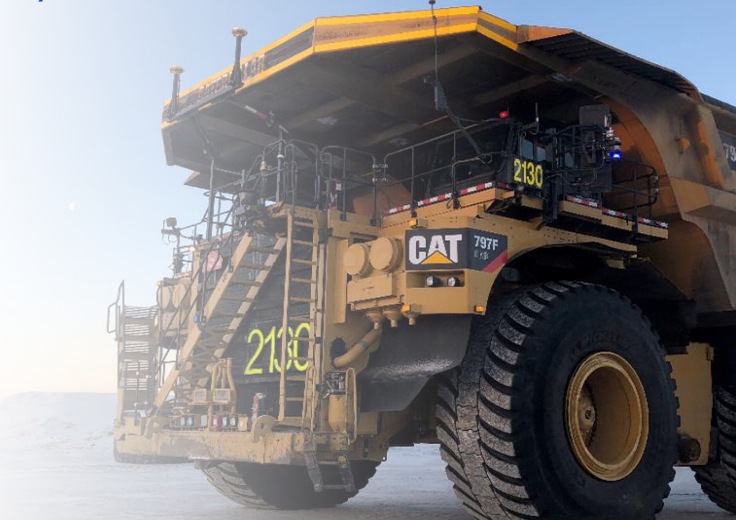Imperial said on January 26 that it will further help Canada achieve its net zero goals by investing about C$720 million (US$560 million) to move forward with construction of the largest renewable diesel facility in the country. The project at Imperial’s Strathcona refinery near Edmonton is expected to produce more than one billion litres of renewable diesel annually primarily from locally sourced feedstocks and could help reduce greenhouse gas emissions in the Canadian transportation sector by about 3 Mt per year, as determined in accordance with Canada’s Clean Fuel Regulation.
Regulatory approval for the project is expected in the near term and it is clearly significant for the mining sector as well – as Canadian mines look to interim solutions to reduce their carbon footprint. Teck Resources has an active renewable diesel pilot project underway, while Imperial says it also intends to use renewable diesel in operations as part of the company’s emission reduction plans. Over in the US, Rio Tinto recently announced it will trial renewable diesel at its Kennecott copper mine in Utah after successful testing at its Borax operation in California. Rio’s trials are using Neste MY Renewable Diesel.
“Imperial supports Canada’s vision for a lower-emission future, and we are making strategic investments to reduce greenhouse gas emissions from our own operations and to help customers in vital sectors of the economy reduce their emissions,” said Brad Corson, Imperial Chairman, President and Chief Executive Officer. “The investment at our Strathcona refinery will deliver immediate benefits to the local economy creating jobs and contributing to a lower-emission energy future for our employees, neighbours and communities.”
The renewable diesel project was first announced in August 2021, with the Province of British Columbia supporting this project through a Part 3 Agreement under the BC low carbon fuel standard. A significant portion of the renewable diesel from Strathcona will be supplied to British Columbia in support of the province’s plan to lower carbon emissions. Fluor conducted front-end engineering and detailed design, engineering and procurement services contract for the new facility.
Imperial’s renewable diesel facility will use low-carbon hydrogen produced with carbon capture and storage technology to help Canada meet low emission fuel standards. Imperial has entered into an agreement with Air Products for low-carbon hydrogen supply and is developing agreements with other third parties for biofeedstock supply. The low-carbon hydrogen and biofeedstock will be combined with a proprietary catalyst to produce premium lower-emission diesel fuel and will reduce greenhouse gas emissions relative to conventional fuels.
Site preparation and initial construction are underway. Renewable diesel production is expected to start in 2025. The project is expected to create about 600 direct construction jobs, along with hundreds more through investments by business partners.
On the topic of its own mining operations, Imperial is also a leader in autonomous haulage using Cat Command for hauling at its Kearl operation in Alberta and expects in 2023 to become the first fully autonomous oil sands mining operator. Last year it was on track to convert 55 of its trucks by end Q3 – these are 364 t class Caterpillar 797s, and this number represents about 70% of its fleet. It also said in 2021 it achieved record AHS movement, having tripled it versus 2020, accouting for >30% of total material moved. It translated into unit cash cost savings of ~US$1/bbl. Plus the in place autonomous platform is enabling optimisation across its broader mine mobile fleet.











